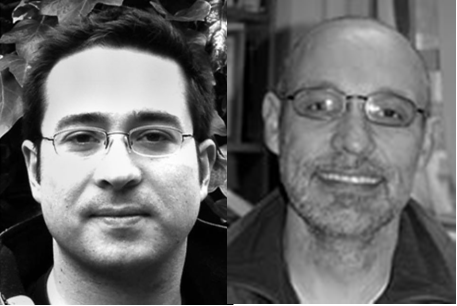
Increasing light emissions from the planet’s surface is one of the signatures of the 20th and 21st centuries as urban areas spread and densify. Ninety-nine per cent of Europeans live under light polluted skies, and more than half are unable to even see the Milky Way. A considerable body of evidence indicates that artificial lighting can impact on human health and ecological systems, but more research is needed to identify the times and places where impacts are most likely to occur, and to explore more subtle issues relating to thresholds and lighting composition. Life has evolved under a predictable cycle of day and night, yet this key environmental cue continues to be eroded. The overriding question is whether the benefits of lighting can be enjoyed without undermining social and ecological health.
Against this background of global lighting increases there are also trends in the opposite direction. The dimming, switching off and replacement of street lighting is taking place in many parts of the UK; saving carbon emissions, money and potentially improving the visibility of the night sky. Recent lighting policy in France has taken this to a new level by imposing a lighting curfew in urban areas. Lighting in streets, shop windows, offices and public buildings will be switched off between 1am and 7am every night, but not without opposition. Carbon savings may be driving new attitudes to lighting, but groups such as the International Dark Sky Association have long been promoting a more sensitive approach. The recent designation of Europe's largest Dark Sky Park in Northumbria is expected to boost 'Dark Sky Tourism' and is one example of how this trend might deliver social and economic benefits.
If Europe were to implement lighting austerity more broadly,what might the consequences be? Lighting delivers a range of benefits that could potentially be lost. However, assumptions about benefits need to be challenged, as technological changes may now make lighting redundant in certain contexts. Similarly, the negative aspects of lighting also need to be explored and understood. One of the key challenges is to obtain reliable data on how the lighting of cities varies in time and space, as a baseline for monitoring any impacts and for targeting mitigation. Recent EPSRC-funded research in the School of Geography, Earth and Environmental Sciences has secured the highest resolution colour aerial photography of a city at night, allowing researchers to explore the geography and ecology of urban lighting at a detailed spatial scale. Images of other UK cities have been captured (e.g. London), opening avenues for comparative work on night lightscapes elsewhere in Europe (e.g.Berlin).
As we start to untangle the complicated mixture of benefits and disbenefits that lighting can deliver, we will need to address the fact that many see night lighting as a wholly positive phenomenon. Such associations are embedded within our history and language, from the ‘Age of Enlightenment’ to ‘shedding light’ upon a subject. It is not clear whether these strong cultural links will be a barrier to changing how we light our cities, but it is likely that policy makers and researchers will increasingly be required to understand and challenge the way that society values artificial lighting.
James Hale, Research Associate, School of Geography, Earth and Environmental Sciences and Professor Jonathan Sadler, Professor of Biogeography